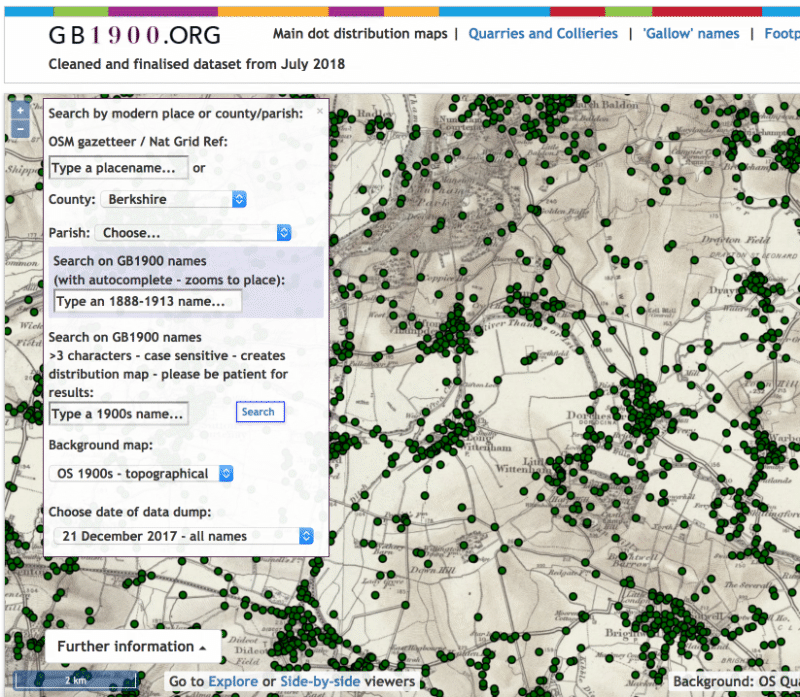In Part 1 of this posting, I introduce the linkedplaces.draw (LPDraw) tool and briefly explain its motivation. This is a pilot software project, and has been put together fairly quickly to support historical mapathons we are undertaking at the University of Pittsburgh’s World History Center (WHC). These will produce historical place data that can be contributed to the World Historical Gazetteer platform. Figure 1 illustrates most functionality of the tool itself. Figure 2 below shows some screens in the “Dashboard” section of the app.
We are testing this alpha draft version now, and it will undoubtedly undergo changes and additions in weeks to come. In time, I plan to package the tool so that anyone hand with Django and PostgreSQL can stand up their own instance. But all this is simply a demonstrator for a “proper” crowd-sourcing app, which to realize will require a) design, b) funding and c) developer(s). Please get in touch with ideas about that.

One piece of a puzzle
The WHC workflow that the LPDraw tool will play a part in goes like this:
- Identify one or several maps, data from which will be useful for some research domain—typically of a particular region or region/period combination. These could be historical maps downloadable from an online resource like David Rumsey Map Collection, or via Old Maps Online. Or they could be paper maps, possibly from a print historical atlas.
- Georeference each map image, resulting in a GeoTIFF file for each.
- We use QGIS for this; there are other options
- Create an xyz map tileset for each GeoTIFF. We are using MapTiler software for this. Note tileset details like the minimum and maximum zoom and bounds.
- Upload the tileset(s) to a web-accessible location
- Register as a user in the LPDraw app
- Create a project record and map records for each individual map in the project
- Identify, for the project as a whole or for each map, the feature types to be digitized, and a timespan representing temporal coverage of the project and/or each individual map.
- Feature types will be presented as options in the interface, and timespans will be automatically added to each digitized feature (if that option is checked in the map record)
- Feature types are not by default restricted to a particular geometry; points, lines, and polygons are all options
- Assign other registered users as collaborators able to create and edit features for the project.
- In the “draw” screen, choose a project and map from dropdown menus. The map loads and digitize features as desired.
- Use the opacity control to view the underlying map, as an assist to proper placement
- Enter a name or names in the popup, according to the LP-TSV format convention, e.g. separating variants by a ‘;’
- Download options available so far are Linked Places format (GeoJSON-compatible) and TSV.


